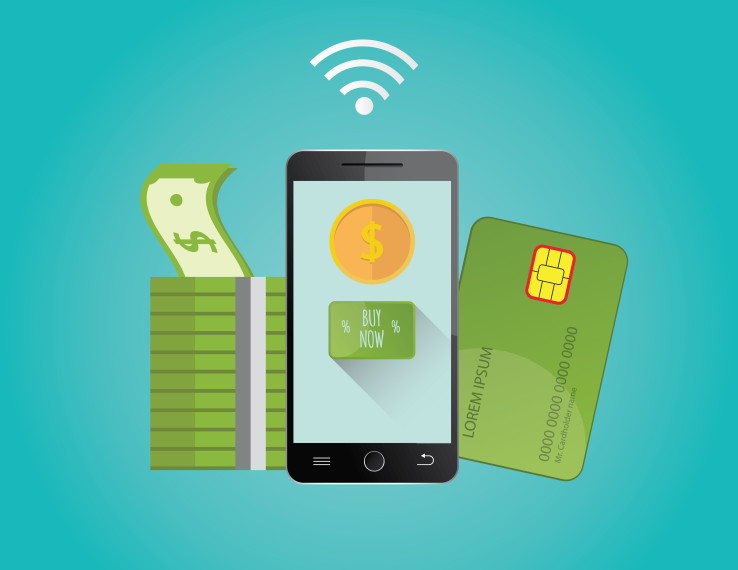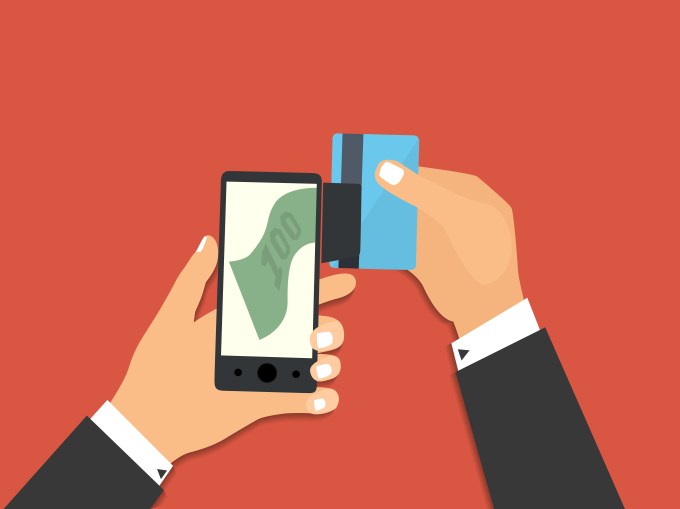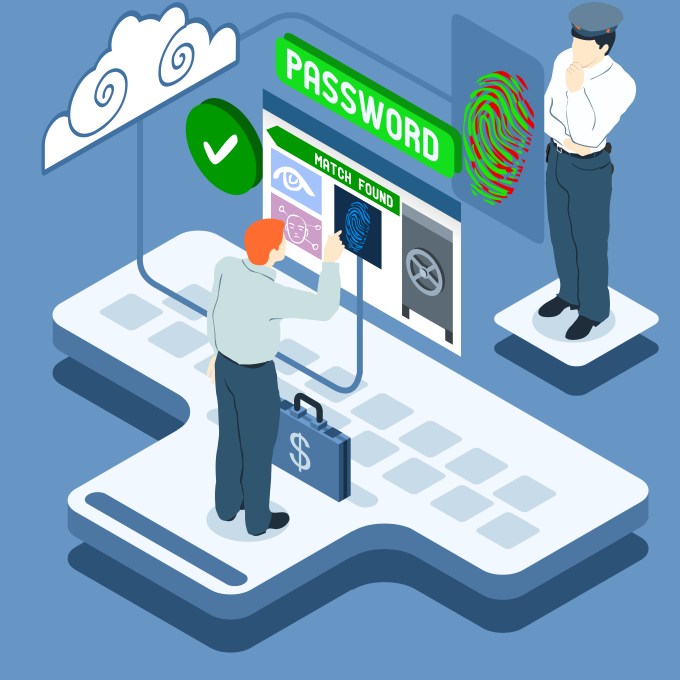
Are payments necessary?
By Christoffer O. Hernæs for techcrunch.com
For years, payments has been one of the hottest areas in fintech, and everyone has been lining up to join the party. Now, hands-free innovations are paving the way for a new generation of payment innovations.
Google Hands Free is the company’s latest payments innovation, enabling payment through Android Pay without having to take your phone out of your pocket.
Meanwhile, PayPal has already announced its own beacon solution, promising to provide “hands free” payments where consumers do not need to pull out their phone last year. This reduces friction for physical payments, unlike assuming that transactions in physical retail are synonymous to the POS-terminal.
Just replacing plastic cards with a mobile phone does not really solve anything for the end user.

To strengthen this development there are several initiatives working on integrating payments in smart devices and wearables, laying the foundation for automated machine-to-machine payments between smart devices.
When cars are self-driving, is there any reason they should not be able to pay? Payments could be processed automatically based on usage, and the car itself would keep track of all costs related to pay-as-you drive insurance, tolls, parking and power consumption.
For years other tech companies have been marshaling their resources around the mobile phone as a hub for payments. Apple is aiming at mobile payments through Apple Pay, as well as the patent filing for payments in iMessage. Amazon is focusing on Pay with Amazon in both existing and emerging markets, all after scrapping its Amazon Register.
In addition, Amazon is moving the “buy now” button into the physical space with Amazon Dash, where you can order items that you need to restock on regular basis with the push of a button. The messenger services are all integrating payments to their platform such as Facebook Pay, Kakao Pay, WeChat Pay and Facebook Pay.
Venmo is capitalizing on their first-mover advantage in P2P payments to expand to merchant services, and Klarna is growing steadily through the promise of frictionless andsmooth payments — both online and offline.
To compete, retailers are attempting to stay relevant with CurrentC, telcos are targeting emerging markets through mPesa and Easypaisa, and the financial sector is struggling to prevent payments from becoming a zero-margin commodity.

Google attempted early to take a position through the now discontinued Google Checkout, followed by Google Wallet and Android Pay.
Makers of smart devices feature the ability to replenish and pay for supplies automatically, promising to make your smart home self-replenishing. Mastercard also announced last year that it aims to make every connected device a payment device. With the predicted growth of connected devices, we are just scratching the surface of payments in the Internet of Things.
When it comes to paying the restaurant bill, the days of the faux leather folder on a plastic tip tray also look numbered. Companies like Tab are enabling patrons to book a table and order their food through their phones, put away the phone and enjoy the meal and just leave. The payment is processed automatically and the user receives their receipt by email.
Blockchain-based micro transactions for digital content could enable industries delivering digital content such as the music industry to ensure digital rights management in a way that artists, labels and publishers are paid their fair share without bothering the end user through automatic usage-based subscription models.
According to a recent report from Deutcsche Bank, all these innovations from streamlining payments or integrating billing, to mobile payments, security developments and cryptocurrencies continue to make payments increasingly cashless and invisible while enabling data-driven engagement platforms for customers.
The flip side of invisible payments is a potential additional decline in financial literacy as spending moves from tangible cash, via plastic cards to a merely a background process. In order to counteract this effect, incumbent financial institutions and fintech challengers should aim to assist users to keep track of spending in a meaningful way.
In the future, there will not be one universal way to pay as we are used to with traditional cash and plastic cards. Payment options will be context-based, and in many cases payments will become “invisible” and integrated into services. Have you ever pulled out your credit card to pay for an Uber ride?

FEATURED IMAGE: SAIMONSAILENT/SHUTTERSTOCK
The article first appeared in techcrunch.com





